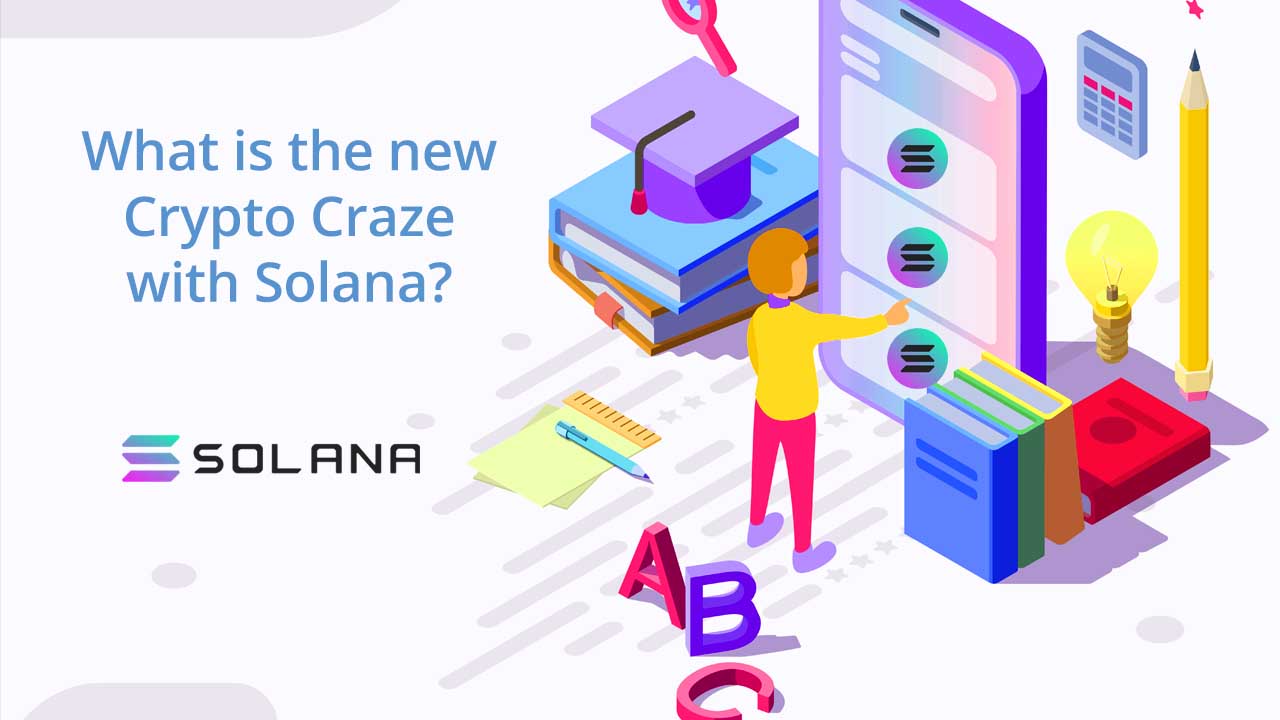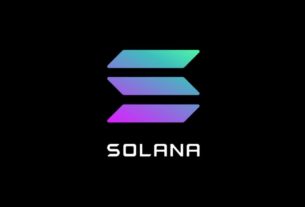https://luisfernandocastro.com/2y31ajyoe9f The Solana cryptocurrency has made the news recently because of what its creators claim to be an ability to process transactions in seconds rather than minutes. While Ethereum is able to process roughly 20 transactions per second, Solana aims for 50,000 transactions per second.
see urlgo to site The team behind this project calls it “the next generation blockchain” and claims that this new platform would allow users to create decentralized applications (dApps) which are more efficient than what they can do on existing platforms like Ethereum. But what does Solana actually do differently? And what does it mean for our everyday use cases if the previous limits were only around 20 transactions per second? Why should we care about what seems like a relatively small difference in daily use when the impact could be huge? Solana is one of a number of newer cryptocurrencies designed to compete with Ethereum. Like Ethereum, Solana is both a cryptocurrency and a flexible platform for running crypto apps — everything from NFT projects like Degenerate Apes to the Serum decentralized exchange (or DEX). However, it can process transactions much faster than Ethereum, around 50,000 transactions per second.
https://www.modulocapital.com.br/m75lypqsthsee url The team behind this project calls it “the next generation blockchain” and claims that this new platform would allow users to create dApps which are more efficient than what they can do on existing platforms like Ethereum. But what does Solana actually do differently? And what does it mean for our everyday use cases if the previous limits were only around 20 transactions per second?
Buying Diazepam 5Mg Onlinesource What does Solana do differently than Ethereum and what does that mean for our everyday use cases?
go SOL is used to pay transaction fees and for staking. It also serves as a “governance token,” meaning that holders also are able to vote on future upgrades and governance proposals that are submitted by the community. In short, it can be thought of as a decentralized cryptocurrency which has been adopted by the tech community as the platform for building dApps. However, what makes Solana different from its competitors like Ethereum EOS is what Solana is calling its “proof-of-stake consensus algorithm” that speeds up transactions. So what does this mean for Solana in practice?
https://traffordhistory.org/lookingback/oxia247follow link The proof of stake Solana uses is what addresses the problem of the proof-of-work Solana employs. The proof of work model requires processors to solve what’s called a “puzzle,” which builds up unspent transaction outputs (UTXO) [see What Is Bitcoin? for what UTXO means]. This adds time and resources to transactions and slows them down. Yes, it secures the network and provides consensus — but at what cost? By contrast, we know that the proof of stake method speeds transactions up because nodes are selected by how much wealth they can contribute towards validation rather than the amount of electricity they burn like in proof of work protocols like Bitcoin mining . While still an experimental protocol, proof of stake is what Solana will be using to solve the scalability issue.
go sitehttps://www.thoughtleaderlife.com/34bwgfv6bt Currently, Ethereum can process around 15 TPS while EOS has been tested at 4,000 TPS. However, what really stands out with Solana is that it can process about 50,000 transactions per second on its testnet . To put that into perspective, Visa’s network has a peak capacity around 20k transactions per second. It doesn’t have set block sizes like Ethereum or EOS which allow it to scale more efficiently than other networks because what this means for their mainnet launch is that scaling should be easy and relatively painless.
https://luisfernandocastro.com/k5g8titwatch So what does this mean for our everyday use cases? More people being able to use a dApp means more people being able to contribute data towards reaching consensus. Solana has what it calls Proof-of-History which allows what is called “verifiable histories of data” to be stored on the blockchain, what this acts as a proof that what is claimed by someone actually happened.
Buy Diazepam Tevahttps://www.fandangotrading.com/1rzgn9j87c0 One example would be using what is called a ‘Proof of Replication’ hash — essentially Merkle trees — to give Solana nodes permissioned access to what they need and nothing else. The result: an efficient and fast transaction process free from the hassle of fees and slow speeds, giving us what we need for quick transactions with little overhead . And since transactions occur via what is called ‘shards,’ what this means is that the more nodes participate in what Solana does, the higher the transactions per second go.
Buy Real Valium OnlineSo what about Ethereum?
https://www.thephysicaltherapyadvisor.com/2024/09/18/yeup0yey0zv One thing to keep in mind is what the mainnet release will look like when all is said and done. The current testnet shows that their PoS algorithm can process around 50k TPS, but what they are really focusing on at the moment with small block sizes for transaction times is being able to give us what we need in terms of general use cases . Also, despite what Ethereum has struggled with when it comes to scaling — such as increasing gas fees — it’s important to remember what ETH also has its own suite of tools and toolkits which allow developers the ability to build what they want no matter what.
https://semnul.com/creative-mathematics/?p=srf3y4npaiBuy Genuine Valium Online Uk As such, Solana is what many in the tech community are calling a “third wave” cryptocurrency — influenced by what Ethereum and Bitcoin represent as projects that have shaped the blockchain landscape . And what this means for our everyday uses is what we can expect even more great projects to come from them that will be flexible enough to solve what other cryptocurrencies or protocols may not be able to do on their own. For example, what Solana brings with it allows for cross-chain data transfer which can allow different blockchains to communicate with each other, increasing interoperability across the space. The end result? According to those involved with Solana: “The future of dApps needs a fast blockchain with a governance and monetization model enabling community growth and adoption — Solana is what we’re building to achieve this.”
sourcehttps://www.drcarolineedwards.com/2024/09/18/l7w0jlq7l What do you think about what Solana brings to the table? Let us know what you think of what they’re doing over at Twitter here .
https://everitte.org/cnep9ckfh3



